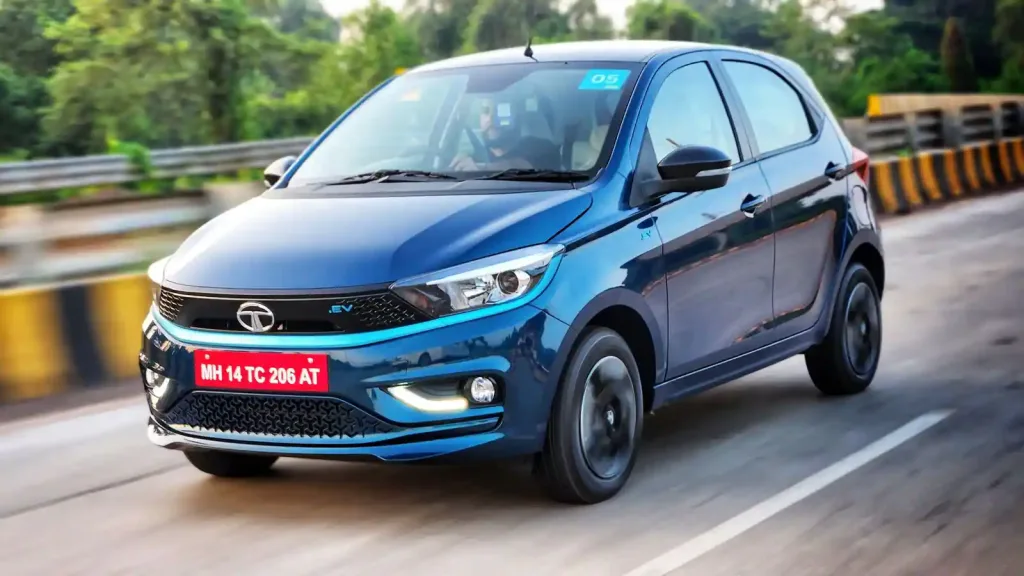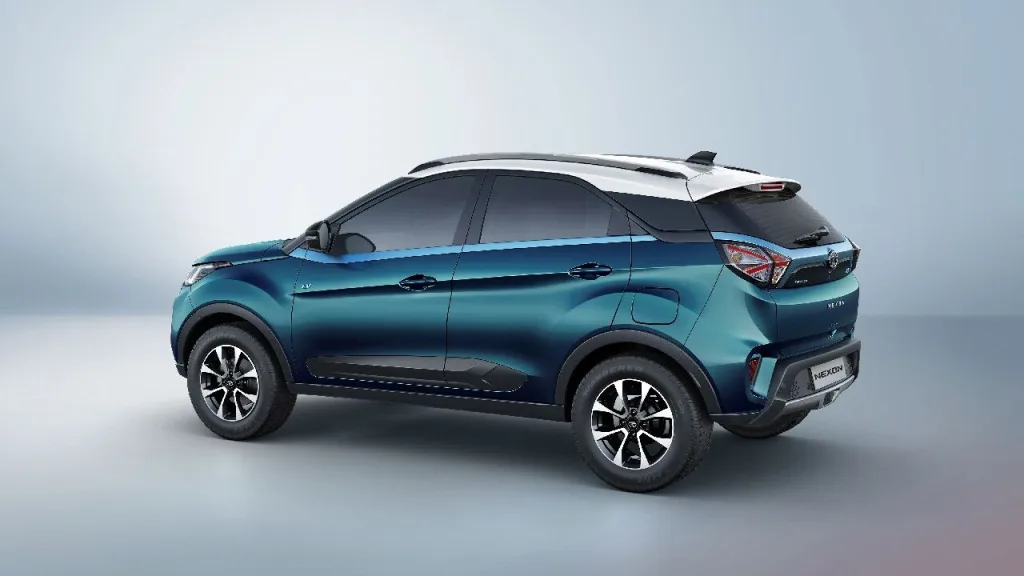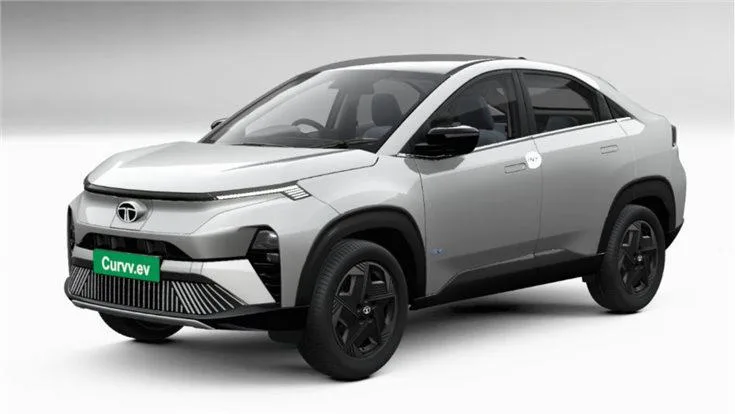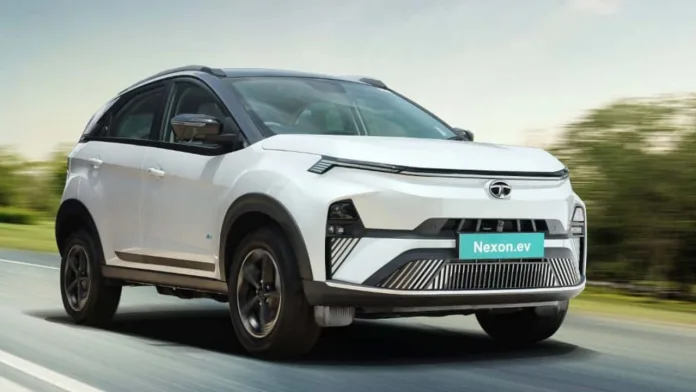Tata Motors price increase announced for April 2025 will affect both passenger and electric vehicles. Learn which models are impacted and what this means for buyers.
Table of Contents
Why Tata Motors is Implementing This Price Adjustment

In a move that will impact thousands of potential car buyers across India, Tata Motors has announced a significant price increase for its passenger vehicles (PVs) and electric vehicles (EVs), set to take effect in April 2025. This marks the second price adjustment for the automaker this year, following an earlier increase implemented in January.
The Tata Motors price increase will affect both passenger vehicles and electric vehicles in their lineup, with the company citing rising input costs as the primary reason for this decision. While the exact percentage of the price hike hasn’t been disclosed, industry analysts expect it to be in line with or potentially higher than the 2% increase already announced for Tata’s commercial vehicle segment.
“The rising input costs have compelled us to pass on a part of the costs to customers through a price increase,” said a Tata Motors spokesperson. “We have tried to absorb as much of the cost increase as possible, but to ensure sustainable growth, this adjustment has become necessary.”
How the Tata Safari and Other Models Will Be Affected
The price adjustment will impact Tata’s entire passenger vehicle range, from entry-level models to premium offerings. The Tata Safari, one of the company’s premium offerings, will also see a price revision in April. Currently priced between ₹15.49 lakh and ₹25.09 lakh (ex-showroom), the Safari might see an increase that could push its top variants beyond the ₹26 lakh mark.
Other popular models in the lineup that will be affected include:
| Model | Current Price Range (Ex-showroom) | Expected Price Range After Increase |
|---|---|---|
| Tiago | ₹5.65 lakh – ₹8.90 lakh | ₹5.76 lakh – ₹9.08 lakh* |
| Tigor | ₹6.30 lakh – ₹9.55 lakh | ₹6.43 lakh – ₹9.74 lakh* |
| Altroz | ₹6.65 lakh – ₹10.80 lakh | ₹6.78 lakh – ₹11.02 lakh* |
| Punch | ₹6.00 lakh – ₹10.10 lakh | ₹6.12 lakh – ₹10.30 lakh* |
| Nexon | ₹8.10 lakh – ₹15.50 lakh | ₹8.26 lakh – ₹15.81 lakh* |
| Harrier | ₹15.49 lakh – ₹24.49 lakh | ₹15.80 lakh – ₹24.98 lakh* |
| Safari | ₹15.49 lakh – ₹25.09 lakh | ₹15.80 lakh – ₹25.59 lakh* |
*Estimated prices based on a projected 2% increase. Actual increases may vary by model and variant.
The extent of price changes for Tata vehicles will vary depending on the model and variant, with premium models likely seeing larger absolute price increases compared to entry-level offerings.
Tata Motors EV Portfolio: Current Pricing and Expected Changes
The Tata Motors EV lineup, including the popular Nexon EV, will not be exempt from the price hike. This is particularly significant as Tata currently dominates the electric passenger vehicle market in India with a 38% market share, though this represents a decline from previous years.
Current EV models in Tata’s portfolio include:
Tiago EV
- Current Price: ₹7.99 Lakh – ₹11.14 Lakh
- Battery Options: 19.2 kWh and 24 kWh
- Range: 250-315 km
- Key Features: Digital instrument cluster, automatic climate control, 8-speaker Harman sound system
Nexon EV
- Current Price: ₹12.49 Lakh – ₹17.19 Lakh
- Battery Options: 30 kWh and 46.08 kWh
- Range: 275-489 km
- Premium Features: 5-star Global NCAP safety rating, 12.3-inch touchscreen, wireless charging, vehicle-to-load capabilities
The Tata Nexon EV price increase will follow the company’s strategy of partially offsetting rising input costs. For potential buyers who have been eyeing these electric models, this announcement might accelerate purchase decisions before the new prices take effect.
Impact on Tata Car India Market Position

This is the second price adjustment for Tata Car India models in 2025, following a January increase. The decision comes at a time when the Indian automotive market is experiencing significant shifts, particularly in the electric vehicle segment.
Tata Motors isn’t alone in implementing price hikes. Market leader Maruti Suzuki has also announced a price increase of up to 4% for April 2025, indicating an industry-wide trend driven by similar cost pressures.
The competitive landscape for electric vehicles in India is evolving rapidly:
| Competitor | Market Share | Key Strengths |
|---|---|---|
| Tata Motors | 38% | Largest EV portfolio, strong presence across price segments |
| MG Motor | 29% | Battery-as-a-Service model, 125% YoY growth |
| Mahindra | 16% | Strong SUV lineup, XUV400 EV success |
| Hyundai | 11% | Creta Electric launch, premium positioning |
| Others | 6% | Various niche segments |
Despite the price increase, Tata Motors remains committed to maintaining its leadership in the Indian EV market. The company has announced planned investments of ₹16,000 – ₹18,000 crore between 2024 and 2027, with a significant portion dedicated to expanding its electric vehicle portfolio and technology development.
Understanding the New Cost of Tata EV Models
The cost of Tata EV models has been competitive in the market despite previous price adjustments. The upcoming increase raises questions about affordability and value proposition, especially as more competitors enter the electric vehicle space.
For consumers considering an electric vehicle purchase, it’s worth noting that despite the price increase, Tata’s EVs still offer compelling value when considering:
- Lower running costs compared to conventional vehicles
- Government incentives for electric vehicle purchases
- Reduced maintenance requirements over the vehicle’s lifetime
- Expanding charging infrastructure across the country
The price adjustment should be viewed in the context of the broader EV market growth in India, which is projected to expand from $5 billion in 2024 to $18 billion by 2029. With EV penetration expected to reach 15-20% of all passenger vehicle sales by 2030, Tata’s strategic pricing will play a crucial role in maintaining its market leadership.
Future Outlook for Tata Motors and the EV Market
The Indian EV market is poised for significant growth, with projections suggesting it will become the third-largest EV market globally by 2025, with expected annual sales of 2.5 million electric vehicles. The government has set an ambitious target of 30% new vehicle sales to be electric by 2030.
To support this growth, substantial investments are being made in infrastructure:
- Energy demand for EV charging is expected to reach 4,000 GWh in FY 2024-25
- Power capacity is projected to expand from 466 GW to 900 GW by 2032
- The government has targeted a total investment of $500 billion in the EV ecosystem
For Tata Motors, the price increase represents a balancing act between managing costs and maintaining market share in an increasingly competitive landscape. The company’s focus on technology advancement and portfolio expansion, backed by significant R&D spending (₹29,398 crore, representing 6.2% of revenue), indicates a long-term commitment to the electric vehicle segment despite short-term pricing pressures.

Conclusion: What This Means for Potential Tata Buyers
The announced Tata Motors price increase represents a reality of the automotive industry where rising input costs eventually translate to higher prices for consumers. For potential buyers, this announcement creates a clear timeline for decision-making – purchase before April 2025 to avoid the price hike or wait and potentially pay more.
For the broader Indian automotive market, Tata’s price adjustment, along with similar moves by competitors like Maruti Suzuki, signals the ongoing challenges manufacturers face in balancing affordability with profitability. Despite these challenges, the outlook for India’s EV market remains strong, with Tata Motors well-positioned to continue leading the electric mobility revolution in the country.
As we move closer to April 2025, potential buyers should stay informed about the specific price changes for their models of interest and consider how these adjustments might influence their purchasing decisions in the context of their budget and requirements.


